Home>diy>Building & Construction>What Percentage Of Construction Workers Are Women
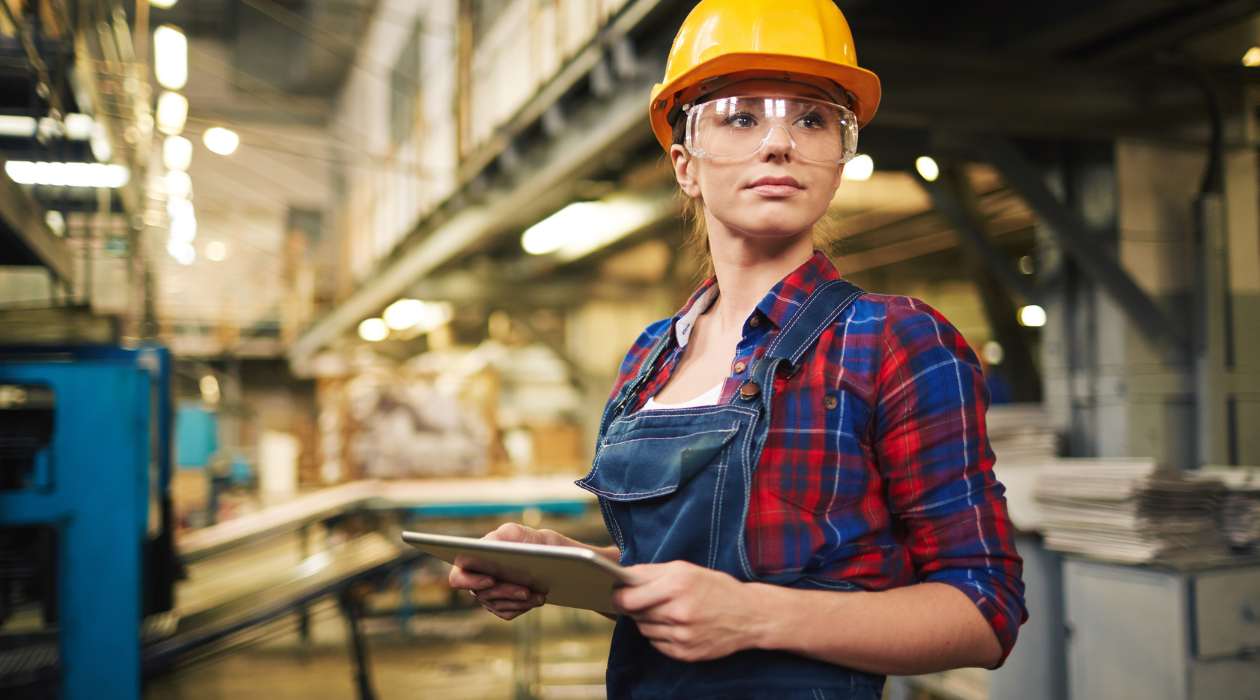

Building & Construction
What Percentage Of Construction Workers Are Women
Modified: December 7, 2023
Discover the percentage of women in the building construction industry and their contribution to the workforce. Gain insights into the gender diversity in construction.
(Many of the links in this article redirect to a specific reviewed product. Your purchase of these products through affiliate links helps to generate commission for Storables.com, at no extra cost. Learn more)
Introduction
The construction industry has traditionally been male-dominated, with the majority of workers being men. However, in recent years, there has been a growing focus on improving diversity and inclusivity in the workforce, including increasing female representation in construction. This shift is not only driven by a desire for equal opportunity but also by recognizing the significant benefits that come with a more gender-balanced workforce.
In this article, we will delve into the current statistics surrounding women in construction, explore the factors that influence their representation in the industry, discuss strategies for breaking down stereotypes and barriers, and highlight the many benefits that can arise from increasing female involvement in the construction sector.
By understanding the challenges faced by women in the construction industry and actively working towards creating a more inclusive environment, we can pave the way for a brighter future where women are equally represented and empowered in building the structures that shape our world.
Key Takeaways:
- Only about 10% of the construction workforce in the United States is comprised of women, highlighting the significant gender disparity in the industry.
- By actively working to increase female representation in construction, the industry can unlock innovation, improve productivity, and create a more inclusive and prosperous future.
Current Statistics
The current statistics regarding women in the construction industry provide valuable insights into the state of female representation and highlight the progress that still needs to be made. While exact numbers may vary across regions and countries, the general trend reveals a significant gender disparity.
According to data from the U.S. Bureau of Labor Statistics, as of 2020, women accounted for only about 10% of the construction workforce in the United States. Similarly, a study commissioned by the UK government reported that women make up just 14% of the construction workforce in the UK.
These statistics indicate that women are underrepresented in the construction industry, facing obstacles that prevent them from entering or advancing in this field. It is crucial to address these challenges and create a more inclusive and diverse workforce that reflects the society we live in.
Factors Influencing Female Representation in Construction
There are various factors that contribute to the underrepresentation of women in the construction industry. Understanding these factors can help us identify areas for improvement and implement strategies to increase female representation. Here are some key factors influencing the participation of women in construction:
- Societal Stereotypes: The gender stereotypes that associate men with physical labor and women with more nurturing roles can influence career choices and create biases against women entering the construction industry.
- Lack of Awareness and Exposure: Many young girls are not exposed to construction-related careers early on and may not be aware of the opportunities available to them in this field. Offering more educational programs, internships, and mentorships can help increase awareness and attract young women to consider construction careers.
- Workplace Culture: The construction industry has traditionally fostered a male-oriented work culture. This can create an environment where women may feel unwelcome or face discrimination and gender-based biases that hinder their growth and advancement.
- Physical Demands and Safety Concerns: Construction work can be physically demanding and may involve working in hazardous environments. Safety concerns and the perception that construction is a risky field can deter women from pursuing careers in this industry.
- Lack of Representation: The low representation of women in leadership roles and mentorship positions within the construction industry can hinder the professional development of women, as they may struggle to find role models and mentors who understand their unique challenges.
Addressing these factors requires a multi-faceted approach that involves changing attitudes and perceptions, promoting diversity and inclusivity at all levels of the industry, and providing support systems and resources to help women thrive in their construction careers.
Breaking Down Stereotypes and Barriers
In order to increase female representation in the construction industry, it is essential to break down stereotypes and eliminate the barriers that prevent women from entering and thriving in this field. This can be achieved through a combination of awareness, education, and policy changes. Here are some strategies to break down stereotypes and barriers:
- Promoting Female Role Models: Highlighting successful women in construction through media, events, and industry recognition can help dismantle stereotypes and inspire young women to pursue careers in this field.
- Enhancing Career Guidance: Providing comprehensive career guidance programs that showcase the wide range of opportunities in construction can help dispel misconceptions and encourage women to explore careers in this industry.
- Creating Supportive Work Environments: It is crucial to foster an inclusive work culture that values and supports diversity. This can be achieved through diversity training, anti-discrimination policies, and initiatives that promote work-life balance.
- Improving Training and Education: Offering training programs and apprenticeships specifically designed to attract and support women in construction can help bridge the skills gap and provide women with the necessary knowledge and experience to excel in the industry.
- Addressing Safety Concerns: Emphasizing safety measures and promoting a culture of safety can help alleviate the concerns that prevent women from pursuing construction careers. Providing proper training and personal protective equipment (PPE) is essential to create a safe working environment for all.
- Advocating for Policy Changes: Lobbying for policies that promote gender equality and inclusivity in the construction industry can help create a systemic change. This includes advocating for equal pay, parental leave, and opportunities for career progression.
By implementing these strategies and challenging the stereotypes and barriers that exist, we can create a more welcoming and diverse construction industry that attracts and retains talented women in all areas of construction.
Tip: According to the Bureau of Labor Statistics, women make up about 10% of the construction workforce. This percentage has been slowly increasing in recent years.
Strategies for Encouraging Women to Enter the Construction Industry
Increasing the representation of women in the construction industry requires proactive efforts to attract and support female talent. By implementing targeted strategies, we can create an environment that encourages women to pursue careers in construction. Here are some effective strategies to consider:
- Education and Outreach Programs: Collaborate with schools, colleges, and vocational training centers to offer construction-focused programs that specifically target and encourage young women to explore career options in this field. These programs can include hands-on experiences, mentorship opportunities, and workshops that showcase the diverse career paths available.
- Female Mentorship Programs: Establish mentorship programs that pair experienced women in the construction industry with young female professionals or students. This mentorship can provide guidance, support, and practical advice, helping to bridge the gap and build confidence among aspiring women in construction.
- Promoting Diversity in Recruitment: Actively promote job openings to attract a diverse range of candidates. Utilize recruitment platforms, networks, and organizations that cater to women working in construction or interested in entering the industry. Additionally, ensure diverse hiring panels to avoid biases and promote fair selection processes.
- Addressing Gender Bias and Discrimination: Develop and enforce policies that explicitly prohibit gender bias and discrimination in the workplace. Promote inclusivity and diversity training for all employees to foster a respectful and supportive environment that encourages equal opportunities for everyone.
- Providing Flexible Work Arrangements: Recognize the importance of work-life balance by offering flexible work arrangements such as flexible hours, telecommuting options, and family-friendly policies. This enables women to juggle their professional aspirations with personal responsibilities.
- Creating Networking and Supportive Communities: Foster networking opportunities for women in construction, both online and offline. Support the establishment of women-focused construction associations and initiatives that provide a platform for women to connect, share experiences, and access resources for career development.
By implementing these strategies, we can actively encourage women to enter and thrive in the construction industry. It is important to remember that diversity brings new perspectives, innovation, and ultimately benefits the entire sector.
Read more: What Is A Construction Worker Called
Benefits of Increasing Female Representation in Construction
Increasing female representation in the construction industry is not only a matter of gender equality but also brings numerous benefits to the industry as a whole. Here are some key advantages of having a more gender-balanced workforce:
- Enhanced Innovation and Problem-Solving: Diverse teams that incorporate different perspectives and experiences tend to be more innovative and adept at problem-solving. By increasing female representation in construction, the industry can benefit from a wider range of ideas and approaches, leading to improved efficiency and creativity.
- Improved Productivity: Studies have shown that diverse teams are more productive. When women are included in decision-making processes and given opportunities to contribute their skills and expertise, it leads to increased collaboration, teamwork, and efficiency, ultimately driving better results.
- Expanded Talent Pool: By actively seeking to attract and retain women in the construction industry, the talent pool expands, allowing companies to tap into a broader range of skills and perspectives. This helps to overcome the skills gap and ensures a more sustainable future for the industry.
- Enhanced Safety: Incorporating women into the construction workforce can aid in improving safety practices. Women bring attention to detail, a focus on risk management, and a natural inclination for following protocols – all of which contribute to safer working environments and reduce accidents on construction sites.
- Increased Customer Satisfaction: A more diverse workforce helps construction companies better understand and meet the needs of a diverse customer base. Women often have different perspectives and preferences when it comes to design, functionality, and aesthetics, which can positively influence the overall customer experience and satisfaction.
- Positive Reputation and Corporate Social Responsibility: Building a diverse and inclusive workforce demonstrates a commitment to social responsibility and equality. Such companies tend to have a positive reputation, attracting diverse talent and fostering partnerships with like-minded organizations.
By actively working towards increasing female representation in the construction industry, we can unlock the full potential of the workforce, drive innovation, and create a more inclusive and prosperous industry.
Conclusion
Increasing female representation in the construction industry is not only a matter of fairness and equality but also a strategic move that brings numerous benefits to the industry. Despite the current gender disparity, there is growing awareness and efforts to break down the barriers that prevent women from entering and thriving in construction careers.
By addressing societal stereotypes, enhancing education and outreach programs, creating supportive work environments, and implementing inclusive policies, we can encourage more women to consider careers in construction. Moreover, providing mentorship, improving safety measures, and promoting diversity in recruitment can help attract and retain talented women in the industry.
The benefits of increasing female representation in construction are significant. A more diverse workforce brings fresh perspectives, innovative ideas, and improved problem-solving capabilities, leading to enhanced productivity and customer satisfaction. Moreover, a gender-balanced industry expands the talent pool and demonstrates a commitment to social responsibility and corporate citizenship.
It is crucial for construction companies, industry organizations, and policymakers to work together to dismantle barriers, challenge biases, and create a culture that values and supports diversity and inclusivity. By striving for gender equality, we not only create equal opportunities but also foster a stronger and more prosperous construction industry.
Let us embrace the power of diversity and empower women to take their rightful place in building the structures that shape our communities and pave the way for a more inclusive and equitable future in the construction industry.
Frequently Asked Questions about What Percentage Of Construction Workers Are Women
Was this page helpful?
At Storables.com, we guarantee accurate and reliable information. Our content, validated by Expert Board Contributors, is crafted following stringent Editorial Policies. We're committed to providing you with well-researched, expert-backed insights for all your informational needs.
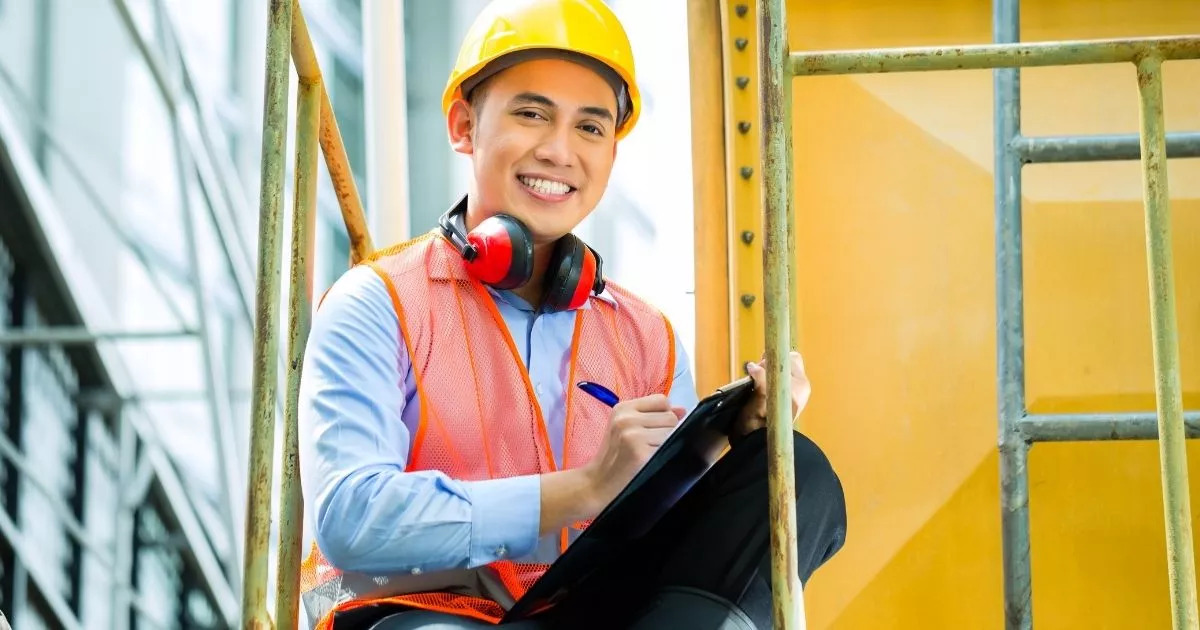
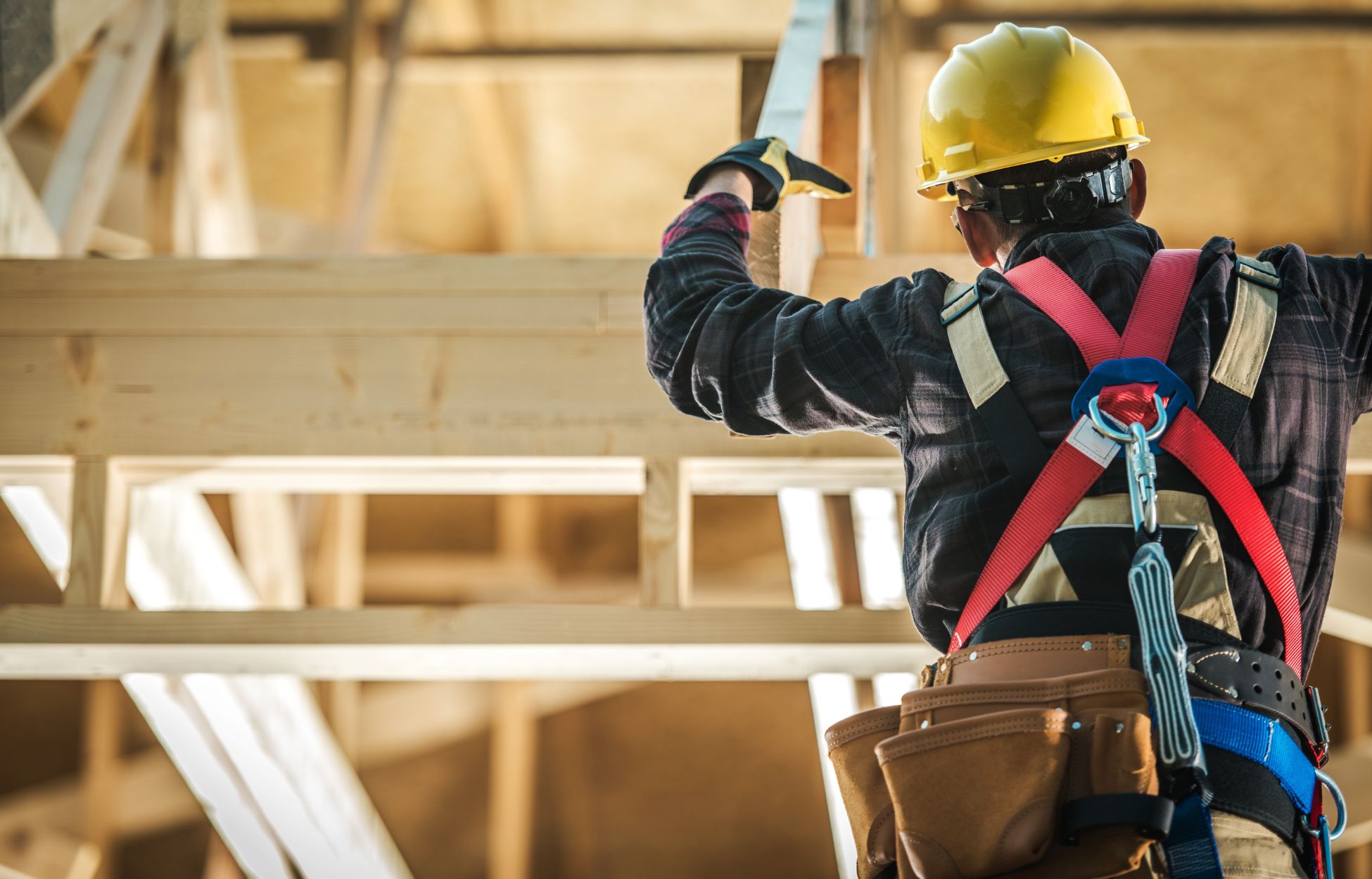
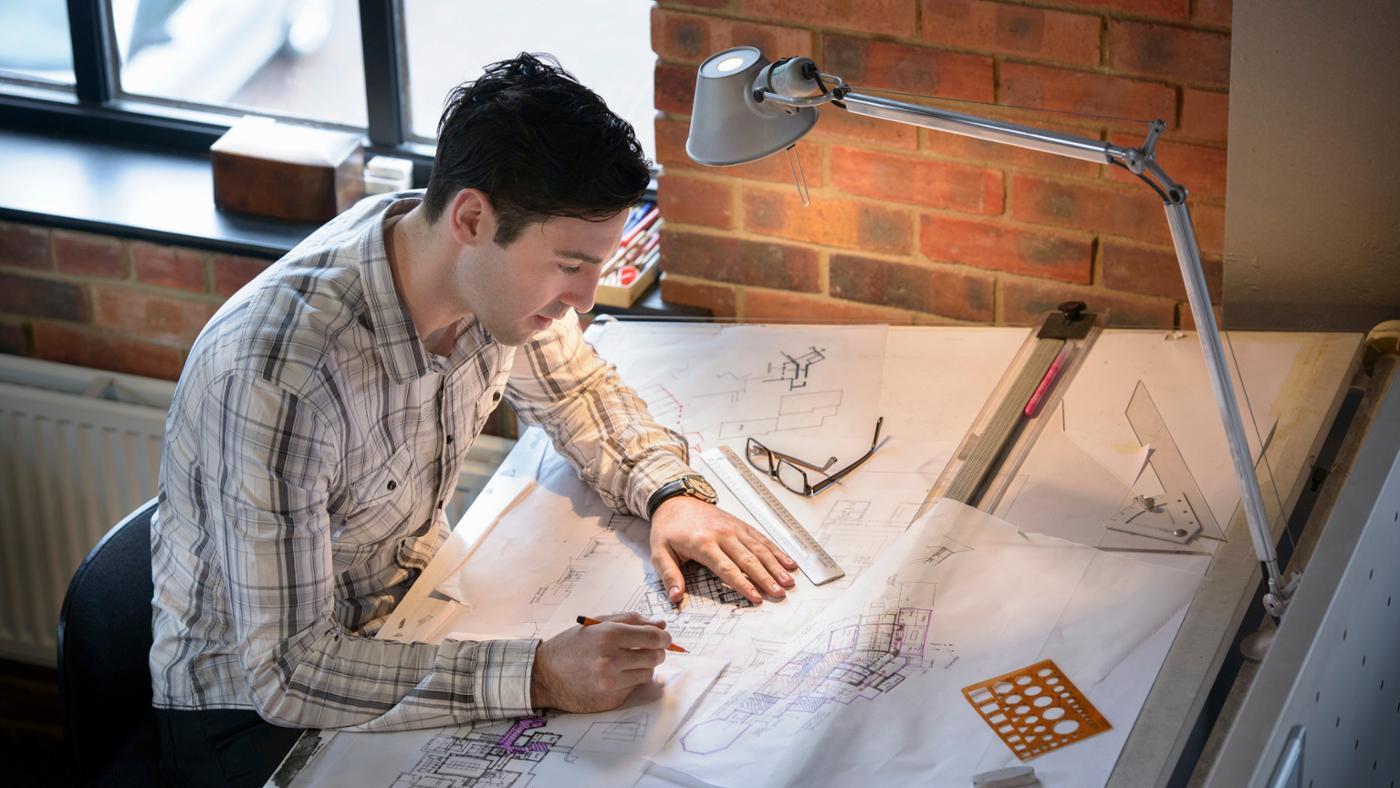
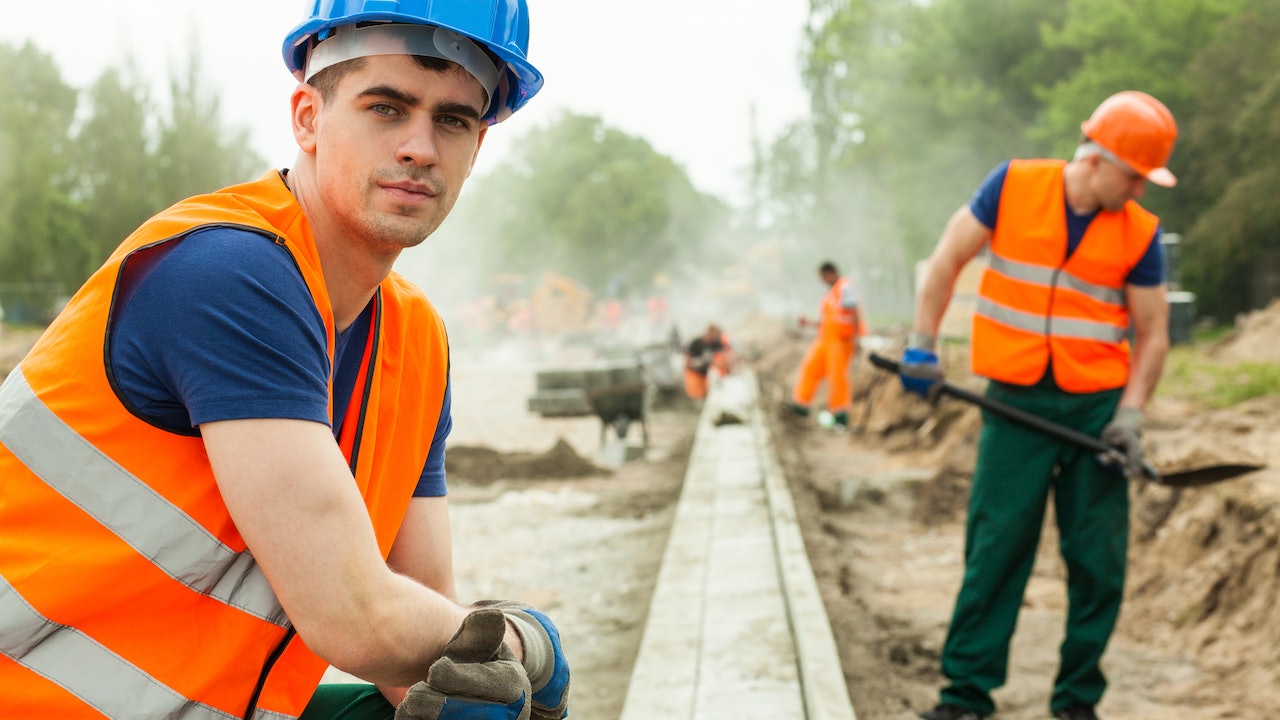
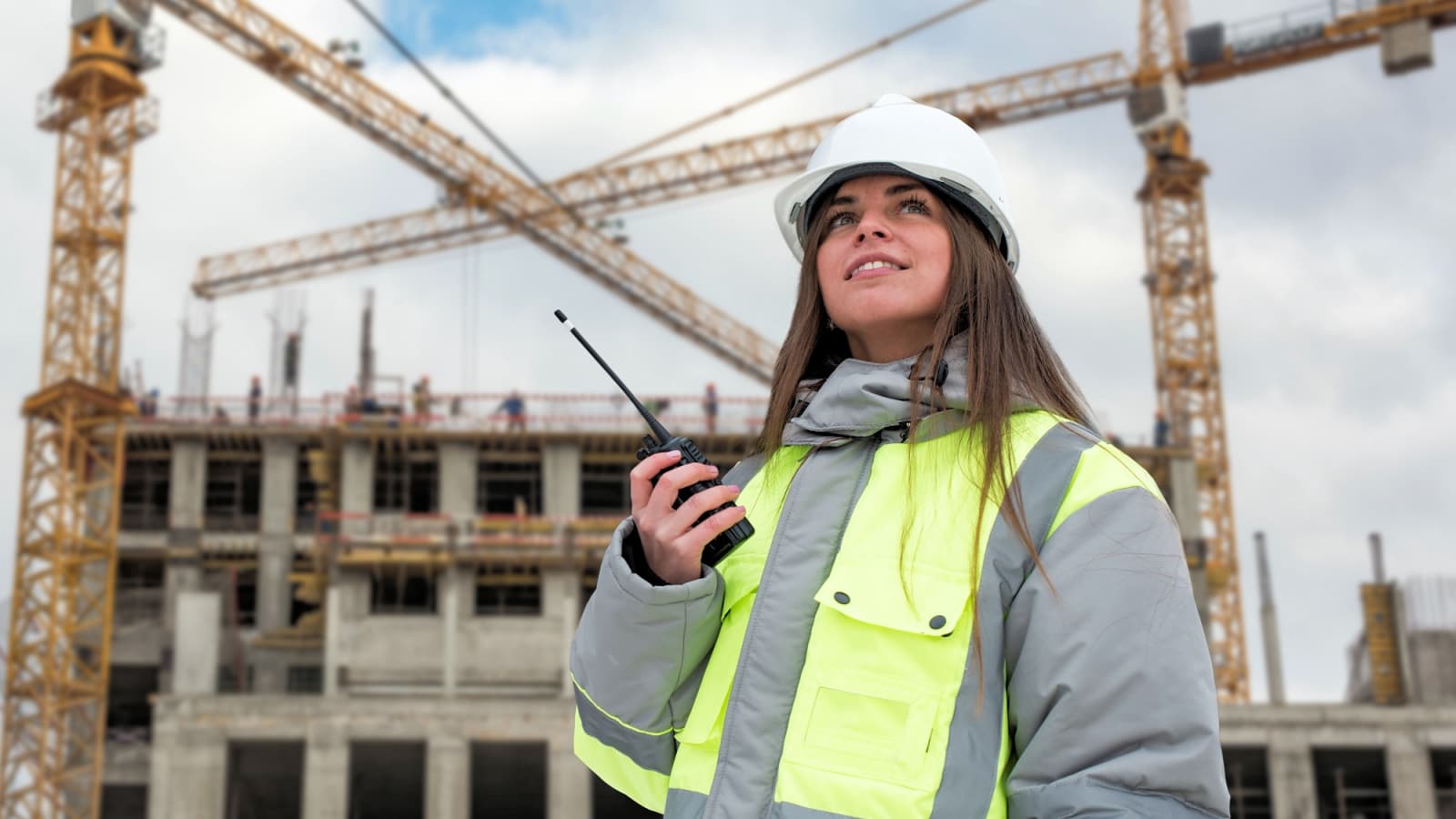
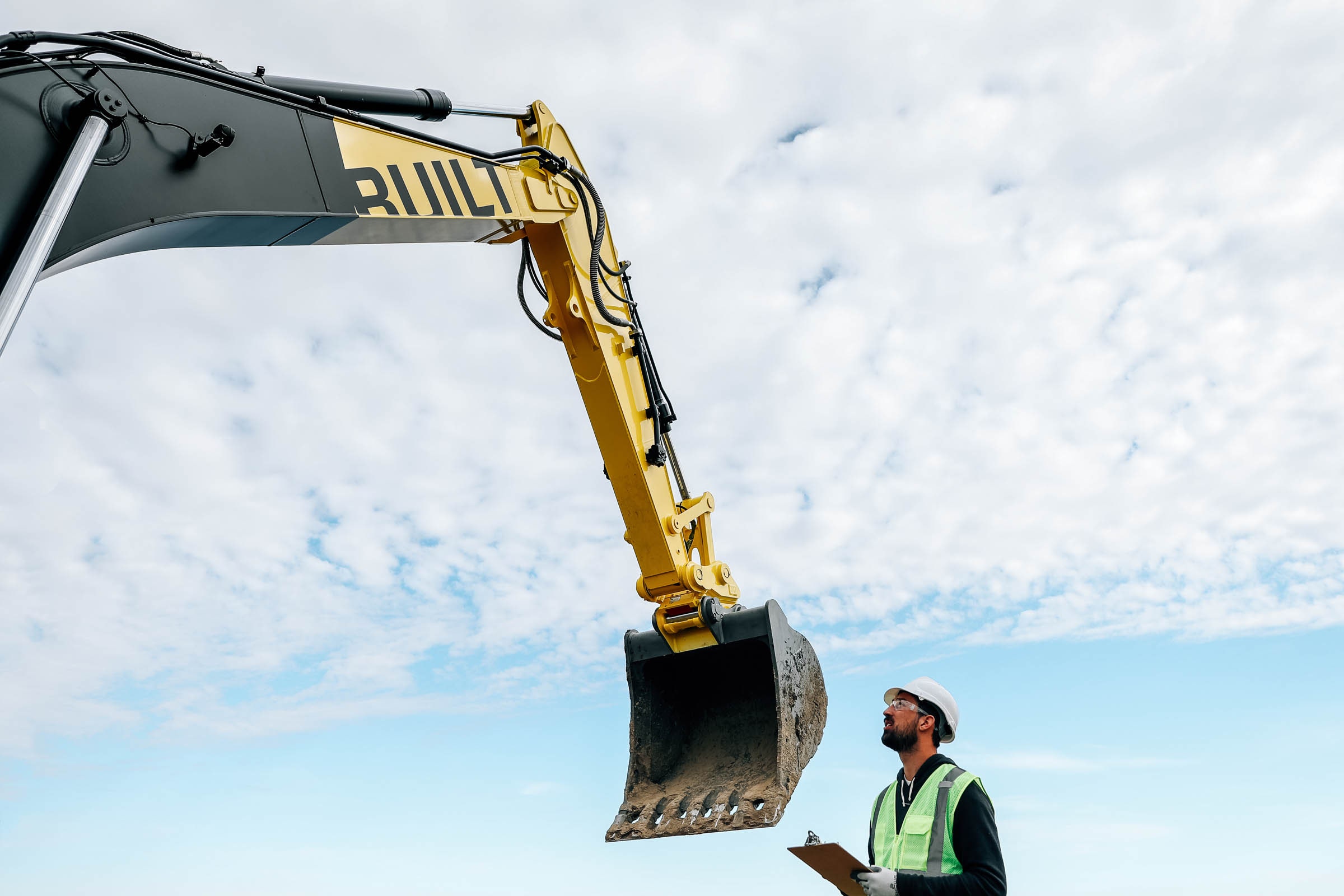
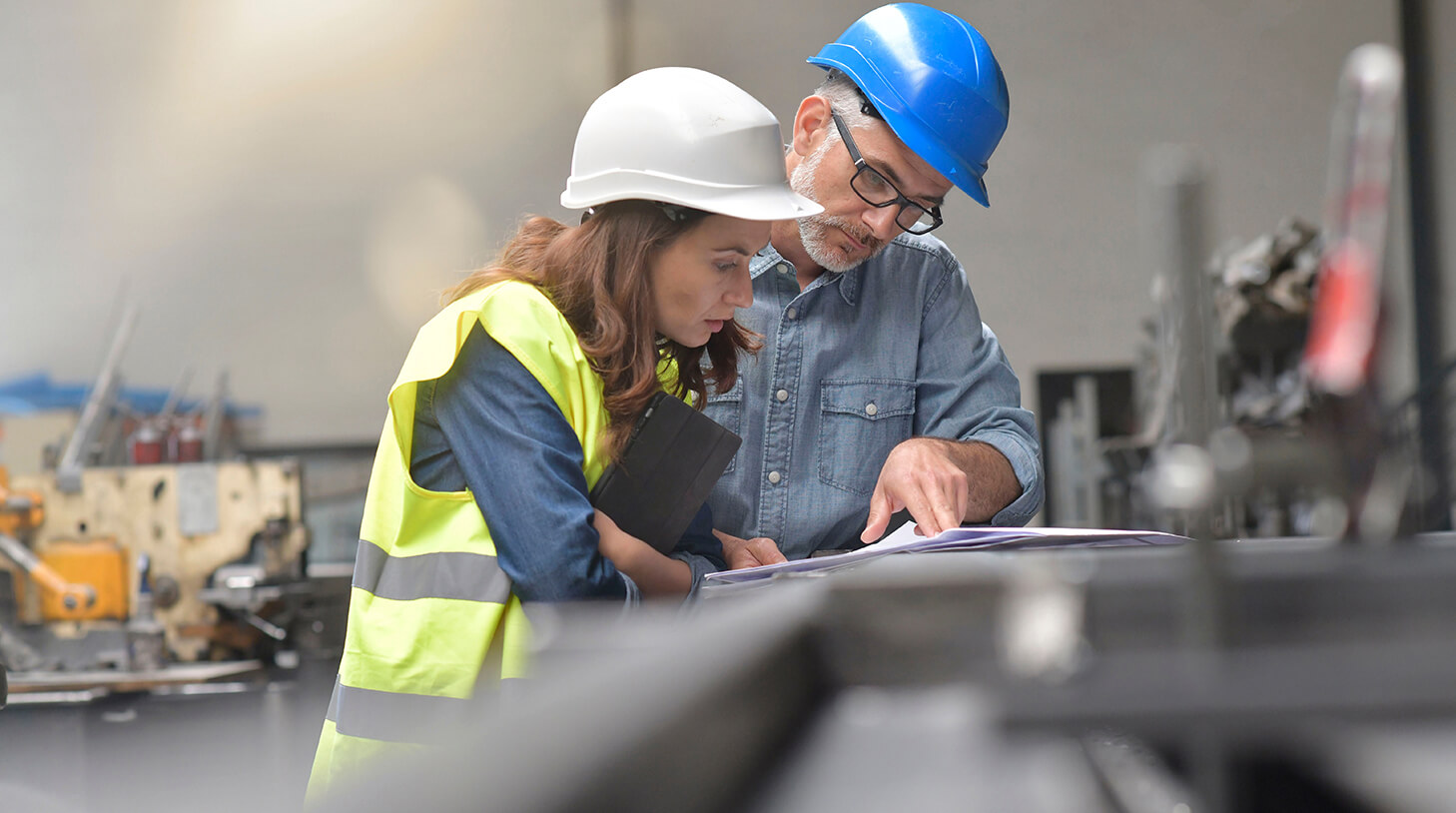
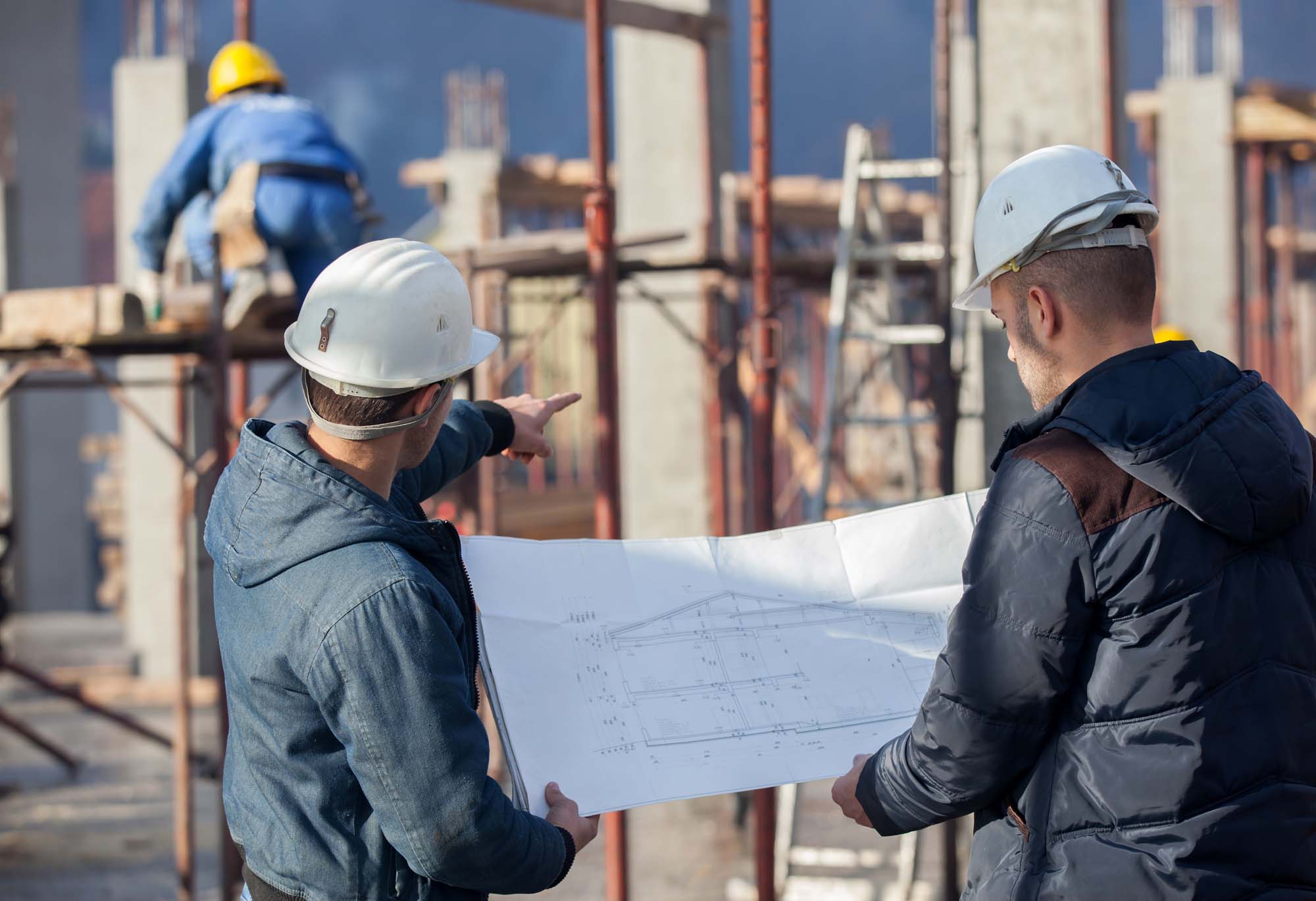
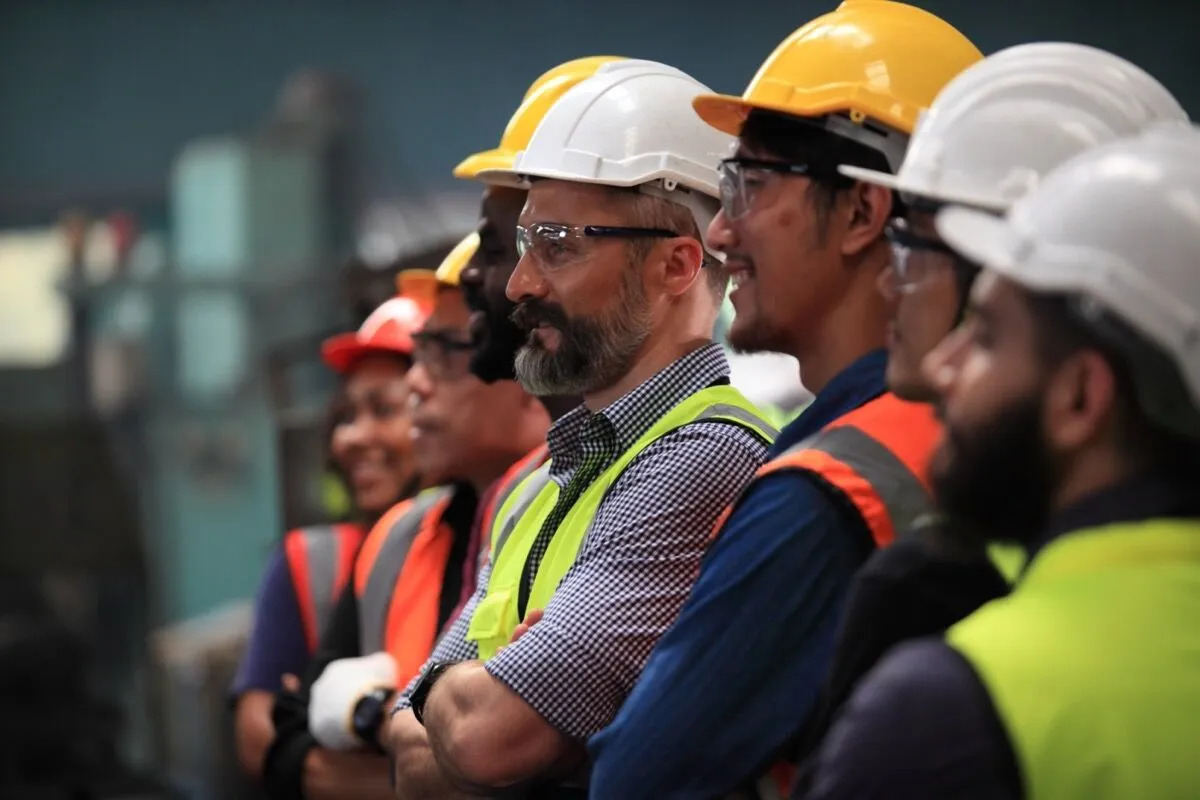
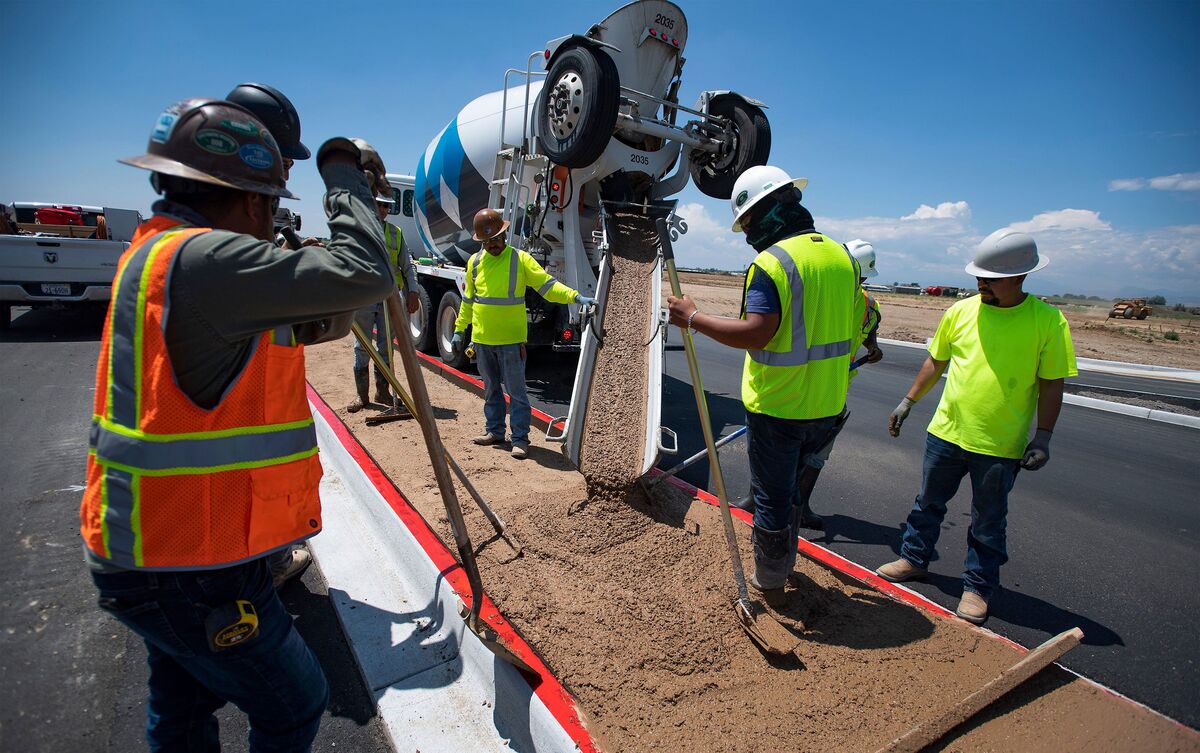
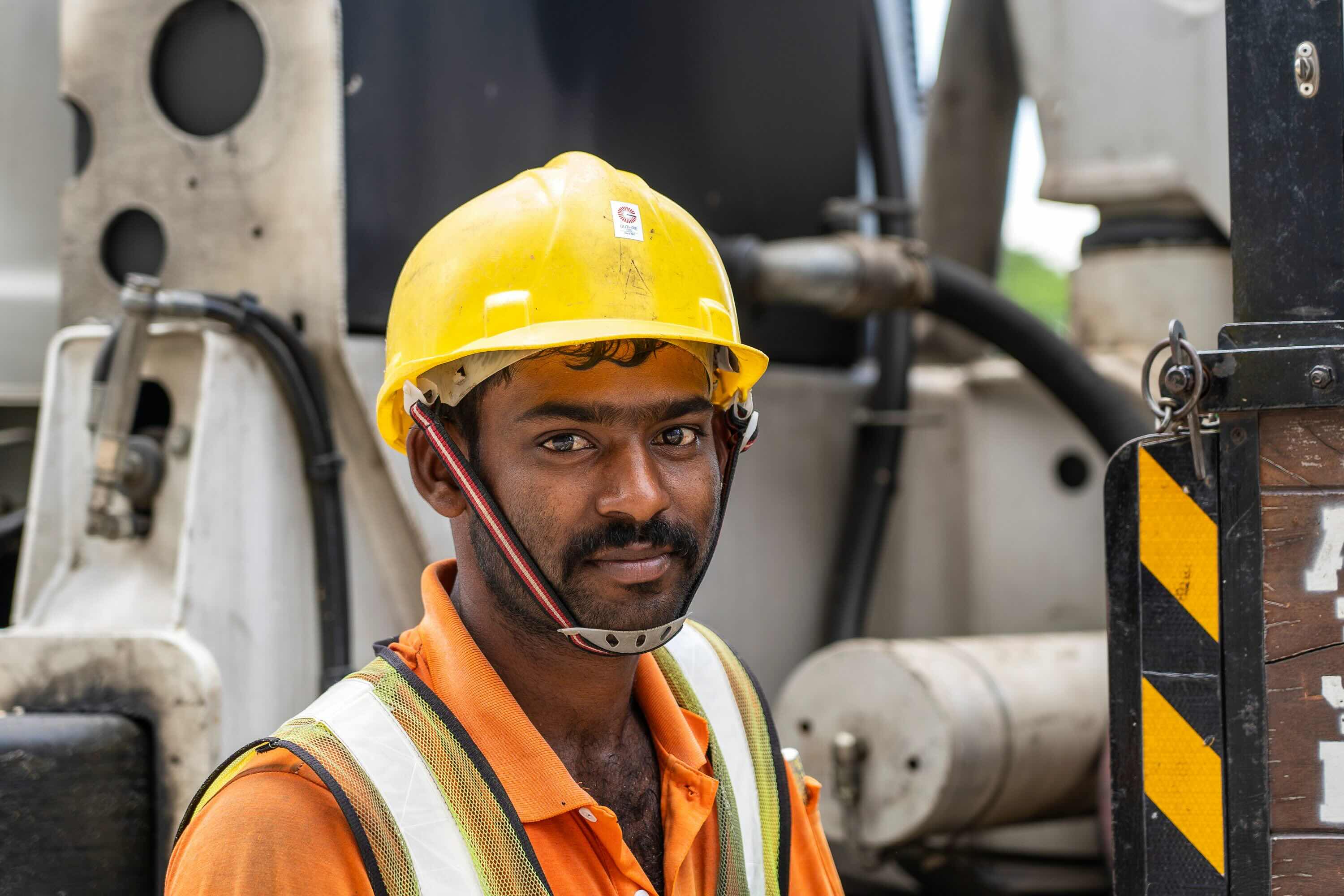

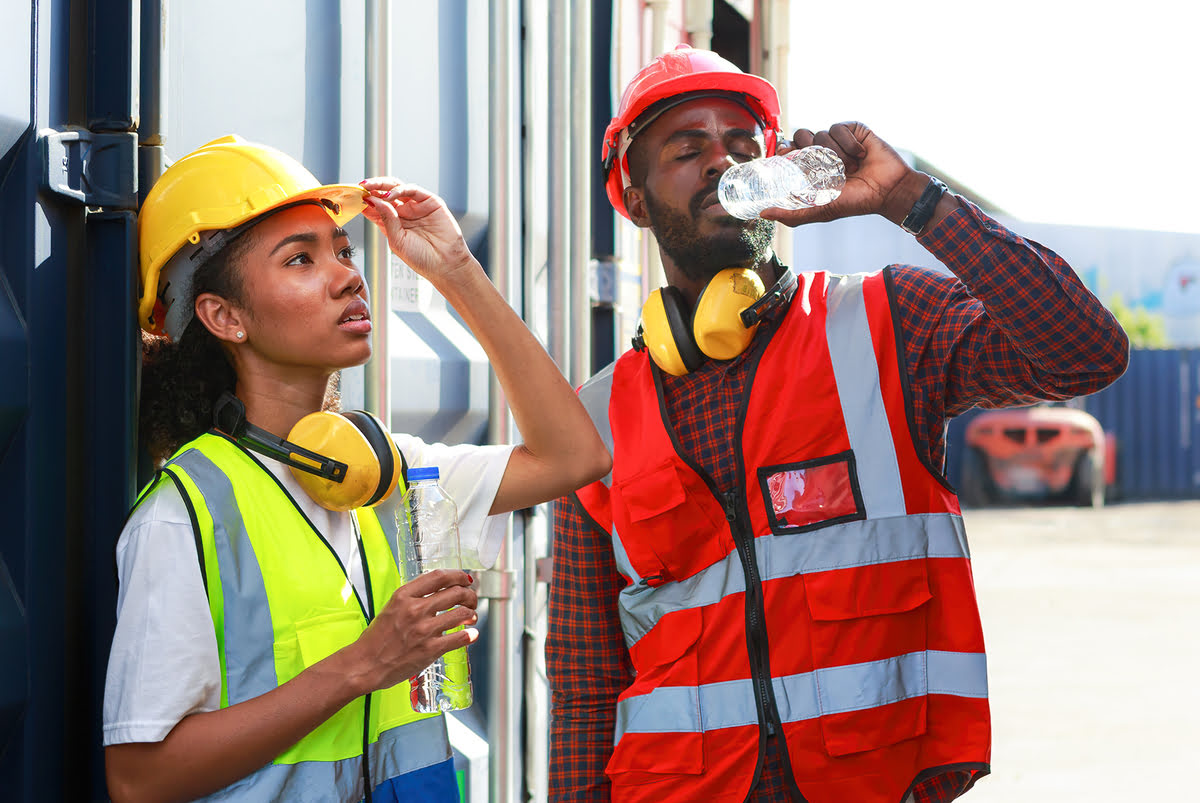
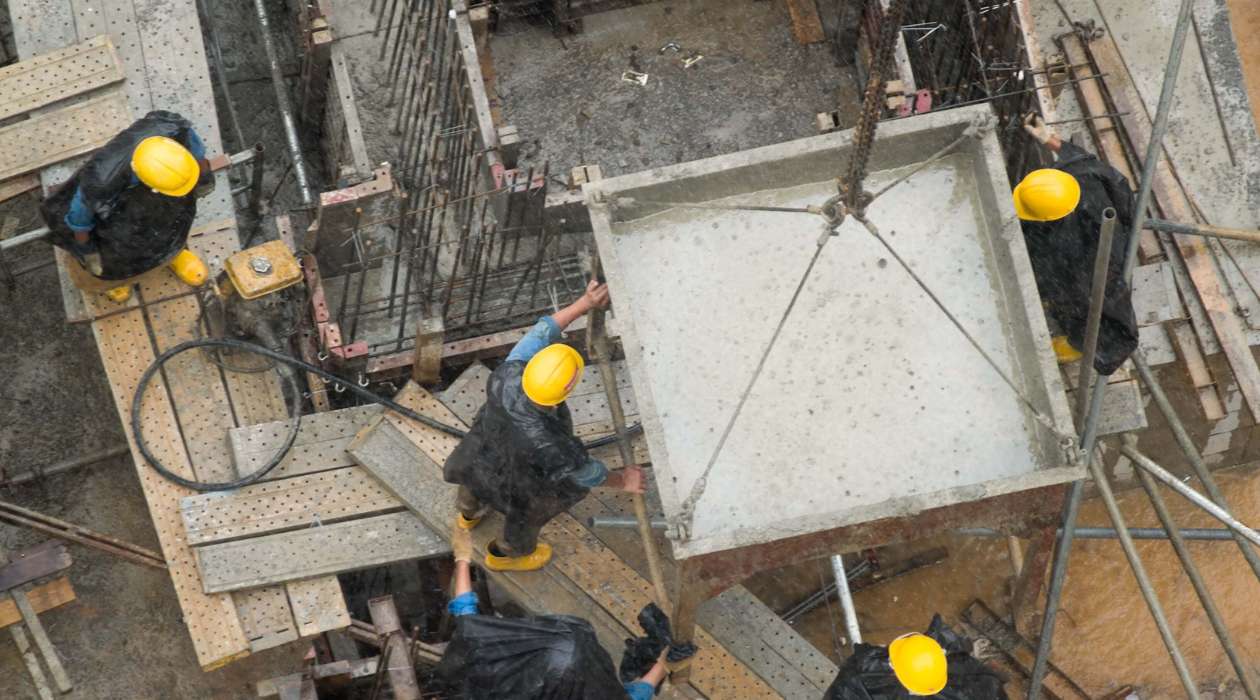

0 thoughts on “What Percentage Of Construction Workers Are Women”